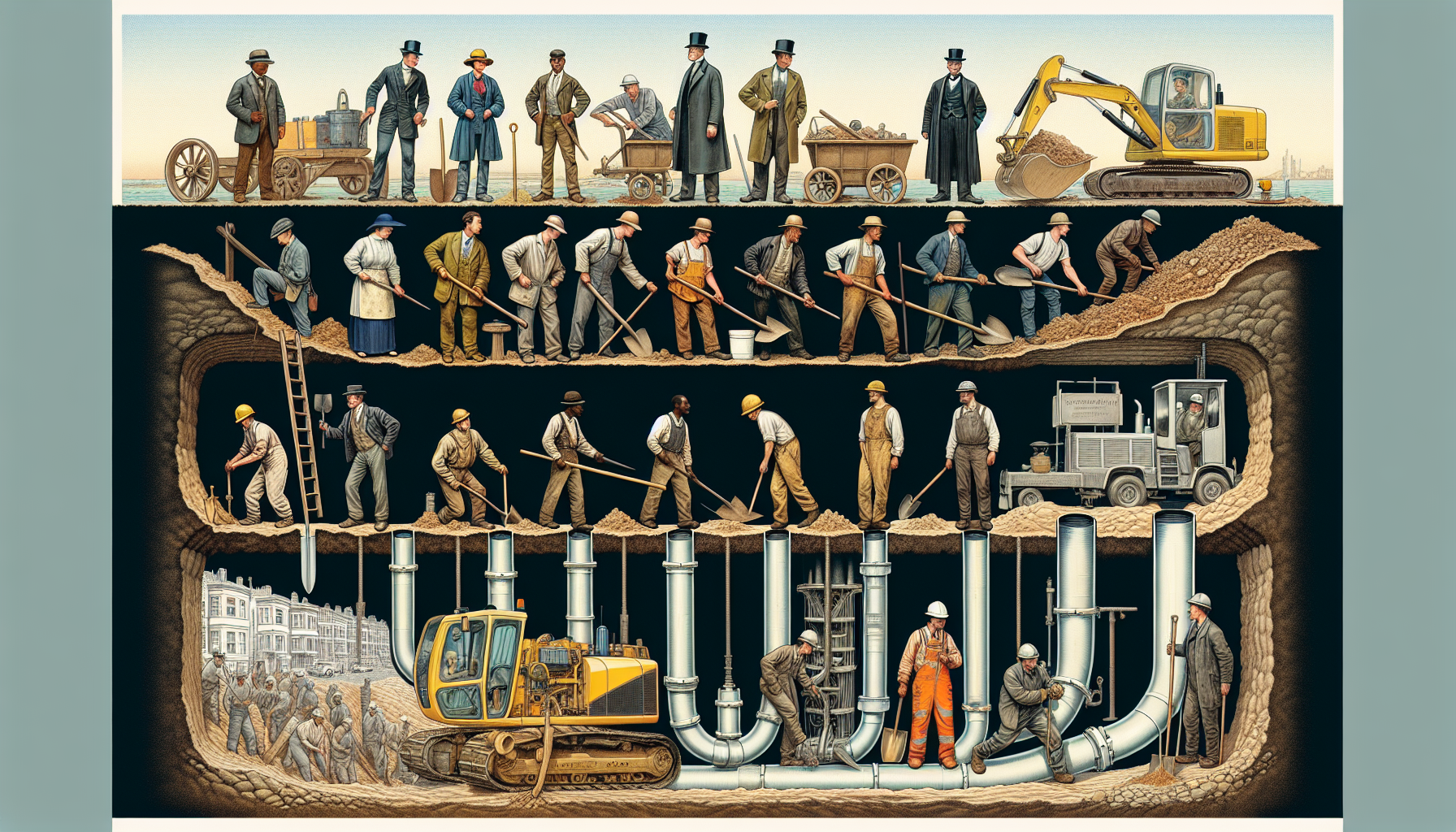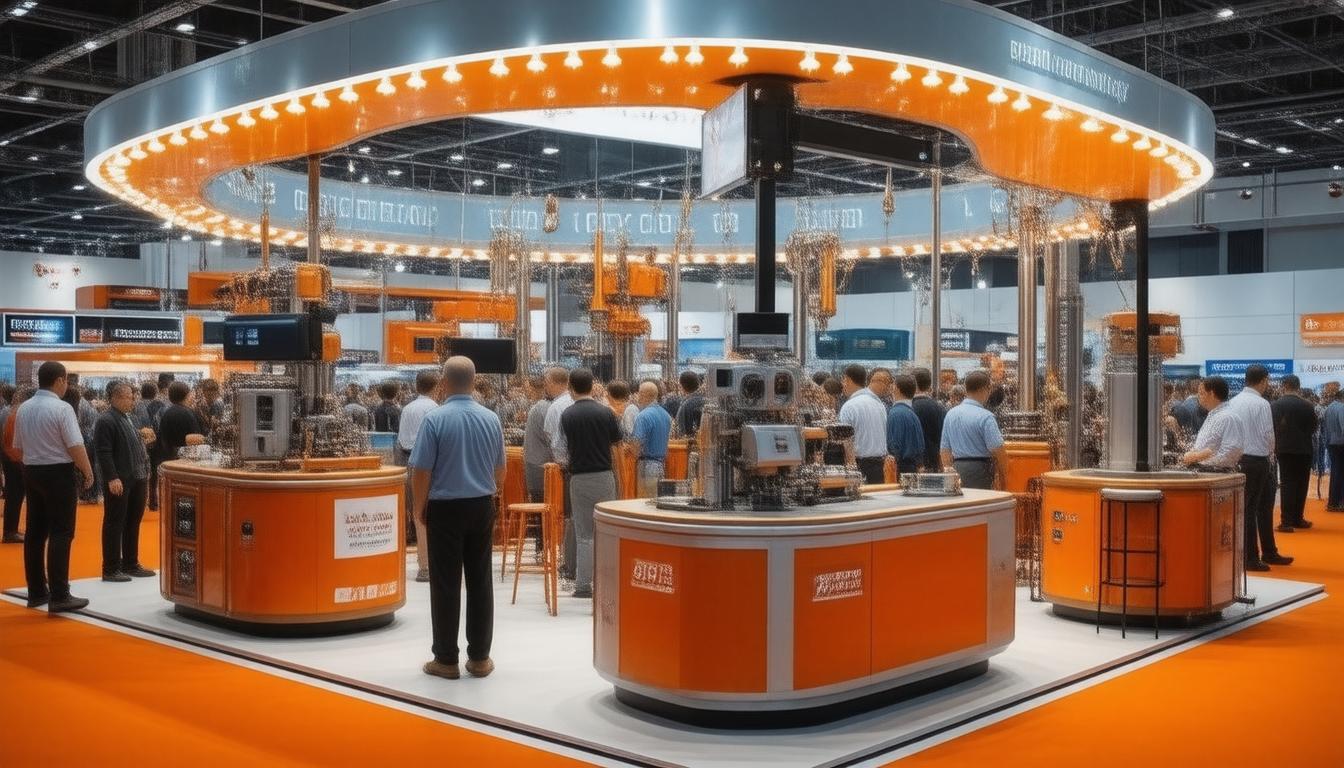
Understanding Trenchless Sewer Technology
Trenchless sewer technology represents a revolution in the maintenance and repair of sewer systems. Unlike traditional methods, which necessitate extensive excavation to reach damaged pipes, trenchless technology requires minimal digging. This modern approach uses specialized equipment to repair or replace pipes by accessing them through small entry points. Two main techniques characterize this innovative process: pipe lining, also known as cured-in-place piping (CIPP), and pipe bursting. CIPP involves inserting a resin-coated liner into the existing pipe, which hardens to form a new, seamless pipe within the old one, while pipe bursting breaks apart the old pipe as a new one is pulled through.
Benefits of Going Trenchless
The adoption of trenchless technology brings with it numerous benefits. First and foremost is the significant reduction in disruption. Streets, landscapes, and driveways remain largely untouched, which not only maintains the aesthetic and structural integrity of the affected area but also cuts down on restoration costs and time. Furthermore, trenchless methods are generally faster and more cost-efficient than traditional excavation, providing savings for both contractors and homeowners.
The environmental impact is another area where trenchless technology shines. With less surface area disturbed, the risk of contaminating the surrounding soil and water sources is minimized. Additionally, the reduced use of heavy machinery lowers carbon emissions, contributing to environmentally-friendly repair projects.
Challenges and Considerations
While trenchless technology boasts numerous advantages, it also has its challenges. Not all sewer lines are candidates for trenchless repair; the existing pipe’s material, age, and layout, as well as the extent of damage, may limit the feasibility of using these methods. Furthermore, the initial investment in trenchless equipment and training can be substantial for service providers.
Regulatory hurdles can also play a role. Building codes and standards are evolving to accommodate these new technologies, but they can vary significantly by jurisdiction. Contractors must remain well-informed about the local regulations governing trenchless repairs to ensure full compliance.
The Future of Sewer Repair
The trenchless industry is poised for growth as more municipalities and homeowners become aware of its benefits. Continued advancements in technology are making trenchless methods even more efficient and versatile, expanding their applicability to a broader range of scenarios.
Moreover, as sustainability becomes an ever-increasing priority for cities and consumers alike, the environmental benefits of trenchless repairs are likely to drive further adoption. In instances where excavation is necessary, new hybrid techniques that combine trenchless and traditional methods are emerging to minimize impact.
In conclusion, trenchless sewer technology is fast becoming the preferred approach to pipe repair and replacement, offering a less invasive, more sustainable, and often more cost-effective alternative to the digging of the past. As municipalities and contractors continue to adopt these techniques, homeowners can expect quicker, cleaner, and more reliable sewer repair services as the norm. The days of extensive excavation may soon be behind us, making way for a more advanced and conscientious approach to maintaining our vital underground infrastructure.






